Sustitución del carbonato de calcio inorgánico por carbonato de calcio biogénico obtenido de residuos de las vieiras (argopecten purpuratus) en las industrias peruanas
Resumen
El Perú es a nivel mundial el tercer productor de vieiras o conchas, industria que genera diversos beneficios económicos y sociales, pero, a la vez, genera un problema ambiental ya que se desecha las valvas de las vieiras en vertederos. No obstante, estas se pueden transformar en carbonato de calcio pulverizado biogénico en reemplazo del carbonato de calcio inorgánico obtenido de la caliza, promoviendo una serie de beneficios. Así, esta investigación se trazó como objetivo principal determinar en qué industrias resulta competente este reemplazo. Para este efecto se realizó una revisión de la literatura donde se pudo determinar las características que diferencian ambos productos, así como una búsqueda de las industrias peruanas que importan carbonato de calcio inorgánico. De esa forma, se determinó que las industrias de agricultura/acuicultura, farmacéutica y de alimentos cumplen con las características para hacer competente la sustitución de carbonato de calcio inorgánico por el biogénico.
Descargas
Citas
Acosta-Jofré, M. S., Sahade, R., Mendo, J., González-Ittig, R. E., Laudien, J., & Chiappero, M. B. (2020). Population genetic structure and demographic history of the scallop Argopecten purpuratus from Peru and Northern Chile: implications for management and conservation of natural beds. Hydrobiologia, 847(1), 11–26. https://doi.org/10.1007/s10750-019-04048-5
Ahmad, N. A., Ali, U. F. M., & Chan, M. F. (2021). Potential health risk assessment of heavy metal content in Perlis soil. IOP Conference Series: Earth and Environmental Science, 765(1). https://doi.org/10.1088/1755-1315/765/1/012003
Akbar, N. A., Aziz, H. A., & Adlan, M. N. (2021). The characteristics of limestone and anthracite coal as filter media in treating pollutants from groundwater. International Journal of Environmental Science and Development, 12(2), 58–62. https://doi.org/10.18178/IJESD.2021.12.2.1318
Alonso, A. A., Álvarez-Salgado, X. A., & Antelo, L. T. (2021). Assessing the impact of bivalve aquaculture on the carbon circular economy. Journal of Cleaner Production, 279. https://doi.org/10.1016/j.jclepro.2020.123873
Alva Urcia, C. J., & Silvia Patricia, P. (2021). Estudio de la viabilidad técnico-ambiental de la aplicación de pellets basados en valvas de conchas de abanico y exoesqueletos de langostinos como adsorbentes para la remoción de metales pesados en agua [Tesis para optar el Título Profesional de Ingeniero Industrial, Universidad de Lima]. https://hdl.handle.net/20.500.12724/14370
Ayuningrum, T. V., & Purnaweni, H. (2018). Sustainability Activities in the Mining Sector: Current Status and Challenges Ahead Limestone Mining in Nusakambangan. E3S Web of Conferences, 31, 1–5. https://doi.org/10.1051/e3sconf/20183108027
Barros, M. C., Bello, P. M., Bao, M., & Torrado, J. J. (2009). From waste to commodity: transforming shells into high purity calcium carbonate. Journal of Cleaner Production, 17(3), 400–407. https://doi.org/10.1016/j.jclepro.2008.08.013
Dampang, S., Purwanti, E., Destyorini, F., Kurniawan, S. B., Abdullah, S. R. S., & Imron, M. F. (2021). Analysis of Optimum Temperature and Calcination Time in the Production of CaO Using Seashells Waste as CaCO3 Source. Journal of Ecological Engineering, 22(5), 221–228. https://doi.org/10.12911/22998993/135316
Dewi, D. A. A. N., Sugiyanto, F. X., & Iskandar, D. D. (2021). Fisheries waste handling to enhanced fishers society economic growth: blue growth initiative perspective. Journal of Physics: Conference Series, 1943(1), 012114. https://doi.org/10.1088/1742-6596/1943/1/012114
EFSA, E. F. S. A. (2011). Scientific Opinion on re-evaluation of calcium carbonate (E 170) as a food additive. EFSA Journal, 9(7), 1–73. https://doi.org/10.2903/j.efsa.2011.2318
Gigante, V., Cinelli, P., Righetti, M. C., Sandroni, M., Tognotti, L., Seggiani, M., & Lazzeri, A. (2020). Evaluation of mussel shells powder as reinforcement for pla-based biocomposites. International Journal of Molecular Sciences, 21(15), 1–16. https://doi.org/10.3390/ijms21155364
Habte, L., Khan, M. D., Shiferaw, N., Farooq, A., Lee, M. hye, Jung, S. ho, & Ahn, J. W. (2020). Synthesis, characterization and mechanism study of green aragonite crystals fromwaste biomaterials as calcium supplement. Sustainability (Switzerland), 12(12), 1–10. https://doi.org/10.3390/su12125062
Hernández Sampieri, R., & Mendoza Torres, C. P. (2018). Metodología de la investigación: las rutas cuantitativa, cualitativa y mixta (Primerán.). McGraw-Hill.Hou, Y., Shavandi, A., Carne, A., Bekhit, A. A., Ng, T. B., Cheung, R. C. F., & Bekhit, A. E. din A. (2016).
Hwidi, R. S., Tengku Izhar, T. N., & Mohd Saad, F. N. (2018). Characterization of Limestone as Raw Material to Hydrated Lime. E3S Web of Conferences, 34. https://doi.org/10.1051/e3sconf/20183402042
Kluger, L. C., Taylor, M. H., Mendo, J., Tam, J., & Wolff, M. (2016). Carrying capacity simulations as a tool for ecosystem-based management of a scallop aquaculture system. Ecological Modelling, 331, 44–55. https://doi.org/10.1016/j.ecolmodel.2015.09.002
Kluger, L. C., Taylor, M. H., Wolff, M., Stotz, W., & Mendo, J. (2019). From an open-access fishery to a regulated aquaculture business: the case of the most important Latin American bay scallop (Argopecten purpuratus). Reviews in Aquaculture, 11(1), 187–203. https://doi.org/10.1111/raq.12234
Konecny, P., Hagi, A., Plevova, E., Vaculikova, L., & Murzyn, T. (2017). Characterization of Limestone from Cement Plant at Berbera (Republic of Somaliland). Procedia Engineering, 191, 43–50. https://doi.org/10.1016/j.proeng.2017.05.152
Li, C., Liu, X., Liu, B., Ma, B., Liu, F., Liu, G., Shi, Q., & Wang, C. (2018). Draft genome of the Peruvian scallop Argopecten purpuratus. GigaScience, 7(4), 1–6. https://doi.org/10.1093/gigascience/giy031
Li, H. Y., Tan, Y. Q., Zhang, L., Zhang, Y. X., Song, Y. H., Ye, Y., & Xia, M. S. (2012). Bio-filler from waste shellfish shell: Preparation, characterization, and its effect on the mechanical properties on polypropylene composites. Journal of Hazardous Materials, 217–218, 256–262. https://doi.org/10.1016/j.jhazmat.2012.03.028
Li, X., Geng, T., Shen, W., Zhang, J., & Zhou, Y. (2021). Quantifying the influencing factors and multi-factor interactions affecting cadmium accumulation in limestone-derived agricultural soil using random forest (RF) approach. Ecotoxicology and Environmental Safety, 209. https://doi.org/10.1016/j.ecoenv.2020.111773
Liu, X., Jing, M., & Bai, Z. (2022). Heavy Metal Concentrations of Soil, Rock, and Coal Gangue in the Geological Profile of a Large Open-Pit Coal Mine in China. Sustainability (Switzerland), 14(2). https://doi.org/10.3390/su14021020
Lu, J., Lu, Z., Li, X., Xu, H., & Li, X. (2015). Recycling of shell wastes into nanosized calcium carbonate powders with different phase compositions. Journal of Cleaner Production, 92, 223–229. https://doi.org/10.1016/j.jclepro.2014.12.093
Mendo, J., & Quevedo, I. (2020). Estudio de prospectiva: la concha de abanico. Programa Nacional de Innovación en Pesca y Acuicultura.
Mendo, J., Wolff, M., Mendo, T., & Ysla, L. (2016). Scallop Fishery and Culture in Peru. Developments in Aquaculture and Fisheries Science, 40, 1089–1109. https://doi.org/10.1016/B978-0-444-62710-0.00028-6
Montesinos, J., Zurita, V., Romero, M., Zárate, M., & Pajuelo, M. (2017). Reporte de Análisis Económico Sectorial - Minería, Año 5 - Número 7. Gerencia de Políticas y Análisis Económico. http://www.osinergmin.gob.pe/seccion/institucional/acerca_osinergmin/estudios_economicos/oficina-estudios-economicos
Morris, J., Backeljau, T., & Chapelle, G. (2019). Shells from aquaculture: a valuable biomaterial, not a nuisance waste product. Reviews in Aquaculture, 11(1), 42–57. https://doi.org/https://doi-org.ezproxy.ulima.edu.pe/10.1111/raq.12225
Morris, J. P., Wang, Y., Backeljau, T., & Chapelle, G. (2016). Biomimetic and bio-inspired uses of mollusc shells. Marine Genomics, 27(2016), 85–90. https://doi.org/10.1016/j.margen.2016.04.001
Munawaroh, F., Muharrami, L. K., Triwikantoro, T., & Arifin, Z. (2018). Characterization of Limestone in Pamekasan Madura Island as Raw Material for Producing Nano Precipitated Calcium Carbonate (NPCC). IOP Conference Series: Materials Science and Engineering, 395(1). https://doi.org/10.1088/1757-899X/395/1/012009
Munusamy, Y., Sethupathi, S., & Choon, C. H. (2019). Potential use of waste cockle shell as filler for thermoplastic composite. Journal of Material Cycles and Waste Management, 21(5), 1063–1074. https://doi.org/10.1007/s10163-019-00867-9
Nath, S., & Singh, R. (2020). A study of the practices and processes and benefit sharing of limestone mining in the Banour-Shiva Mining Region in Himachal Pradesh, India. Environmental and Socio-Economic Studies, 8(1), 36–47. https://doi.org/10.2478/environ-2020-0005
Ramakrishna, C., Thenepalli, T., Han, C., & Ahn, J. W. (2017). Synthesis of aragonite-precipitated calcium carbonate from oyster shell waste via a carbonation process and its applications. Korean Journal of Chemical Engineering, 34(1), 225–230. https://doi.org/10.1007/s11814-016-0264-6
Seesanong, S., Boonchom, B., Chaiseeda, K., & Boonmee, W. (2021). Conversion of Bivalve Shells to Monocalcium and Tricalcium Phosphates: An Approach to Recycle Seafood Wastes. Materials, 14, 1–15. https://doi.org/https://doi.org/10.3390/ ma14164395
Seo, J. H., Park, S. M., Yang, B. J., & Jang, J. G. (2019). Calcined oyster shell powder as an expansive additive in cement mortar. Materials, 12(8). https://doi.org/10.3390/ma12081322
Silva, T. H., Mesquita-Guimarães, J., Henriques, B., Silva, F. S., & Fredel, M. C. (2019a). The potential use of oyster shell waste in new value-added by-product. Resources, 8(1), 1–15. https://doi.org/10.3390/resources8010013
Wang, Q., Jiang, F., Ouyang, X. K., Yang, L. Y., & Wang, Y. (2021). Adsorption of Pb(II) from aqueous solution by mussel shell-based adsorbent: Preparation, characterization, and adsorption performance. Materials, 14(4), 1–17. https://doi.org/10.3390/ma14040741
Derechos de autor 2023 Darlyn Del Castillo Luis;Anthony Palomino Achulla;Rosa Larios Francia;Javier Quino Favero

Esta obra está bajo licencia internacional Creative Commons Reconocimiento 4.0.

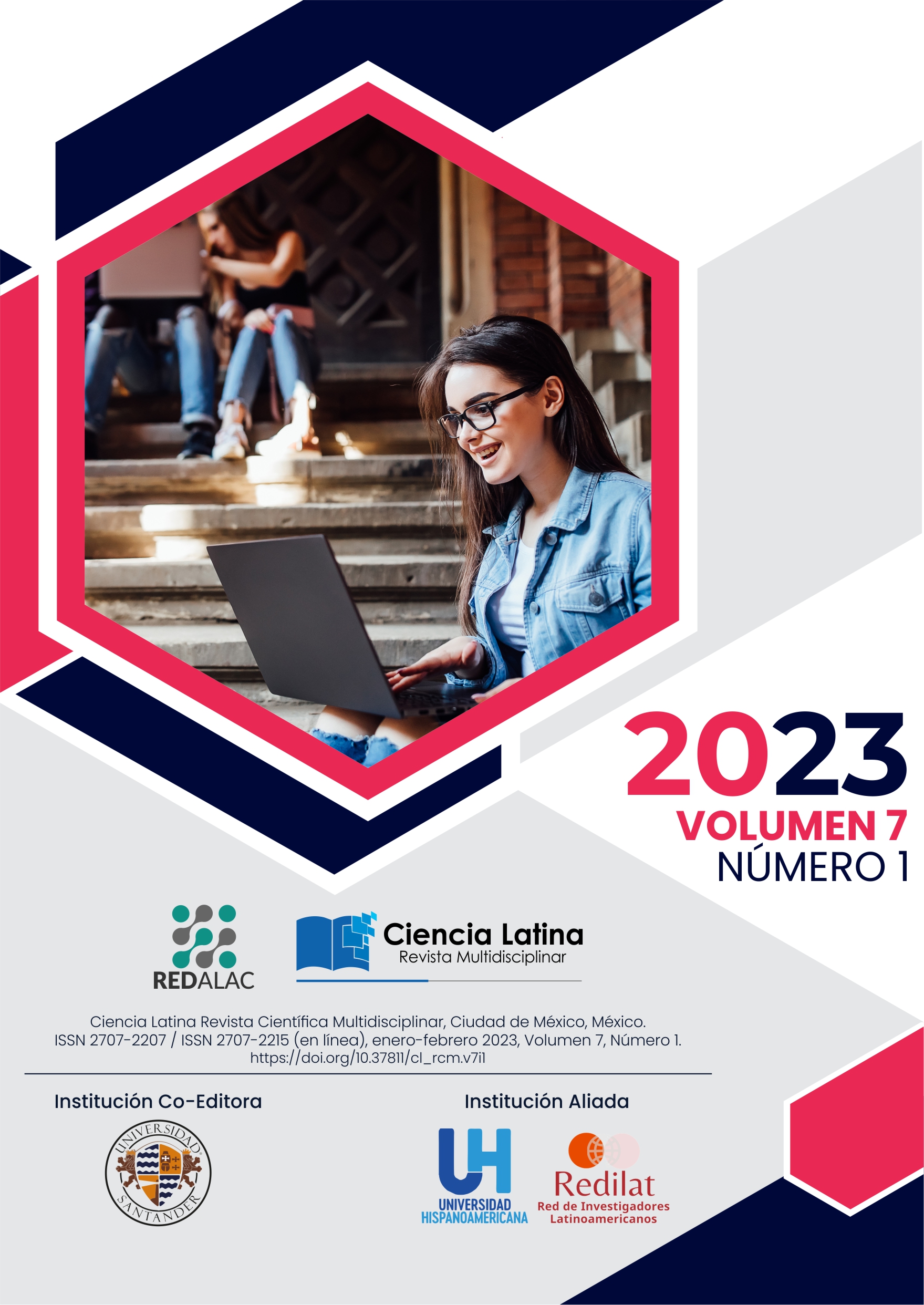
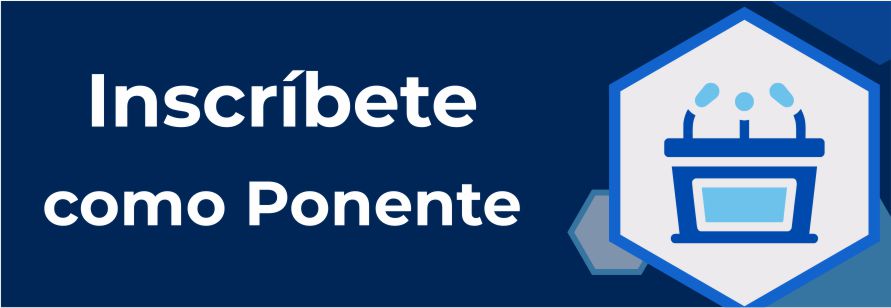
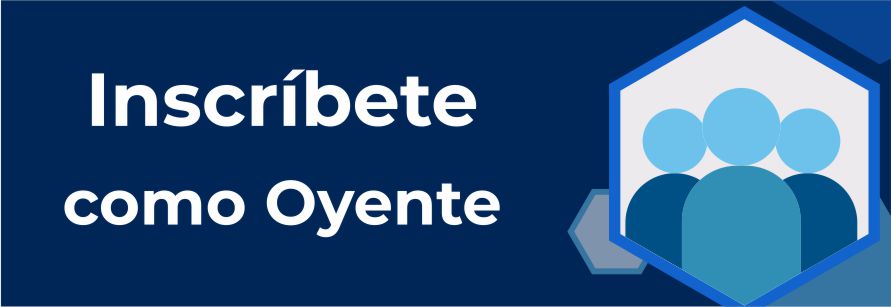

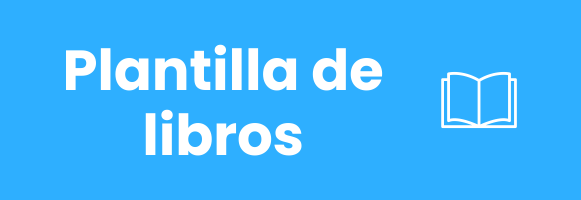
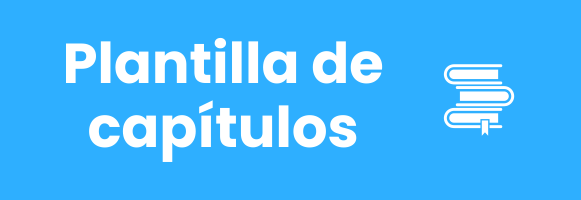
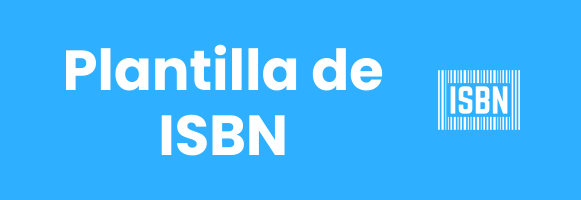
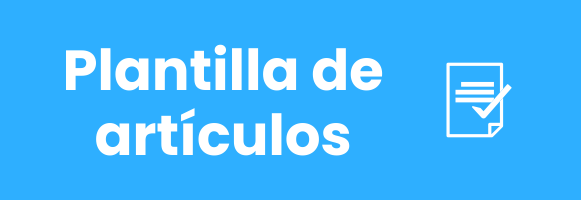



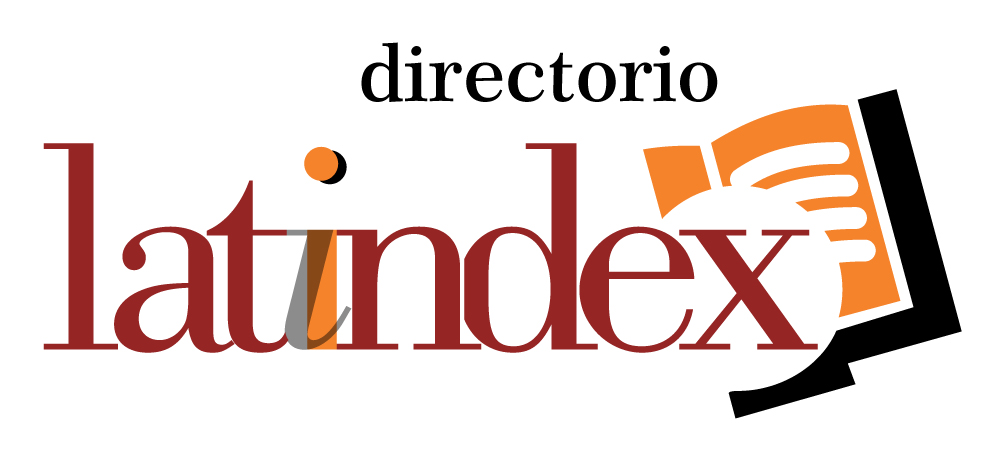
.png)
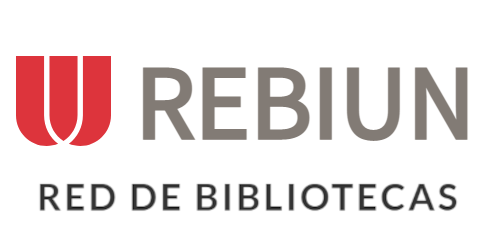







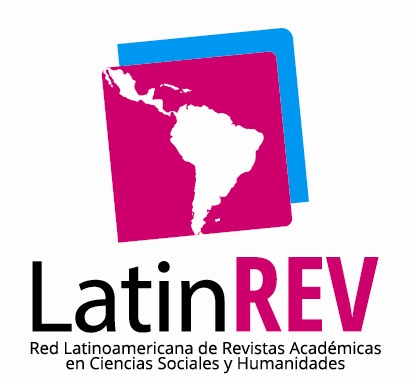

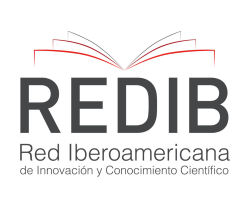


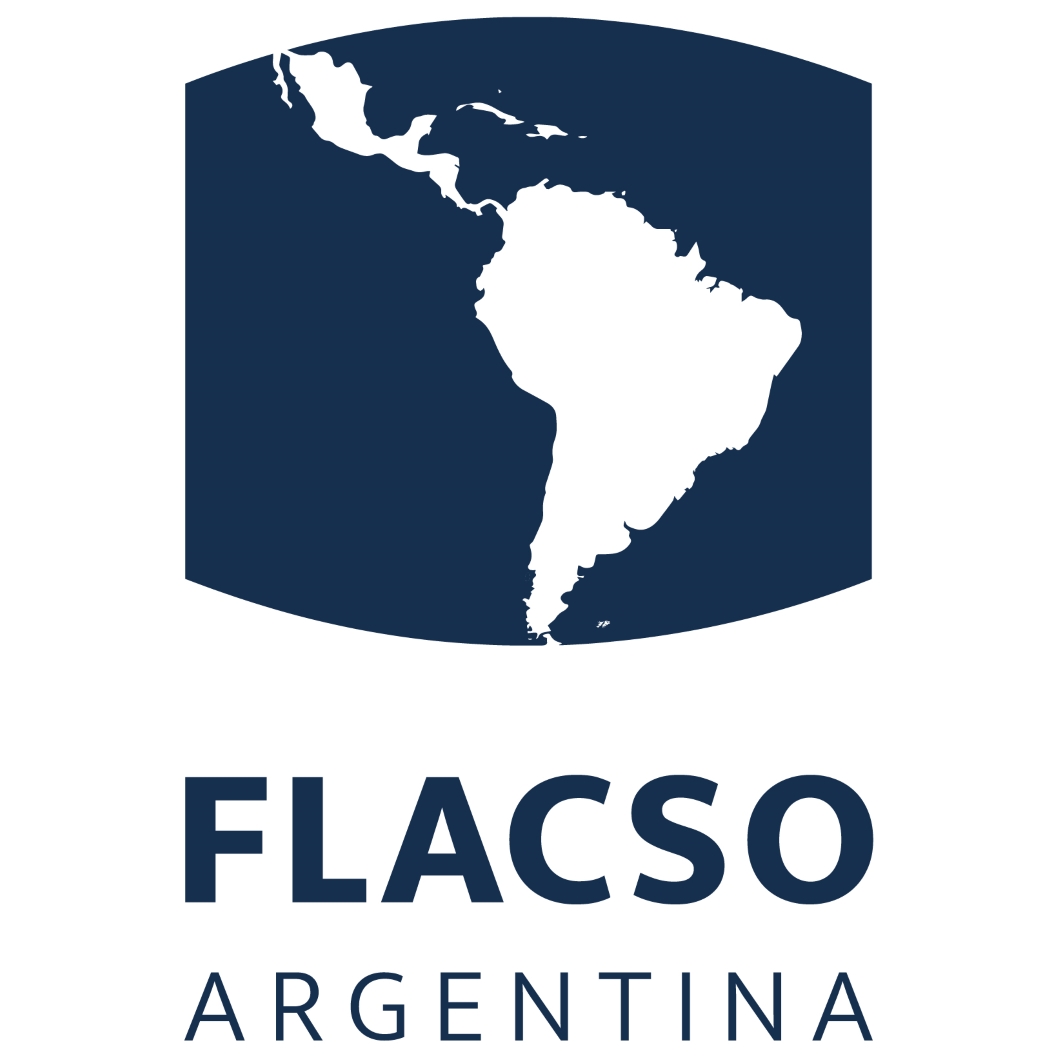

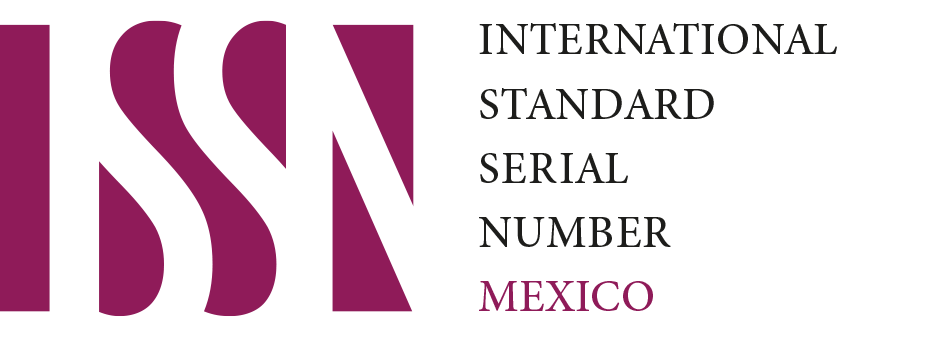
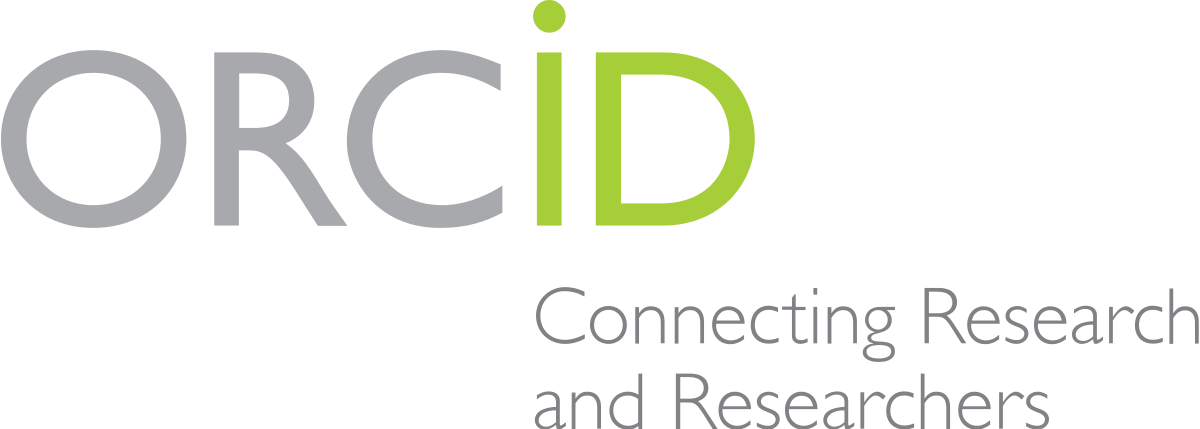



.png)
1.png)


